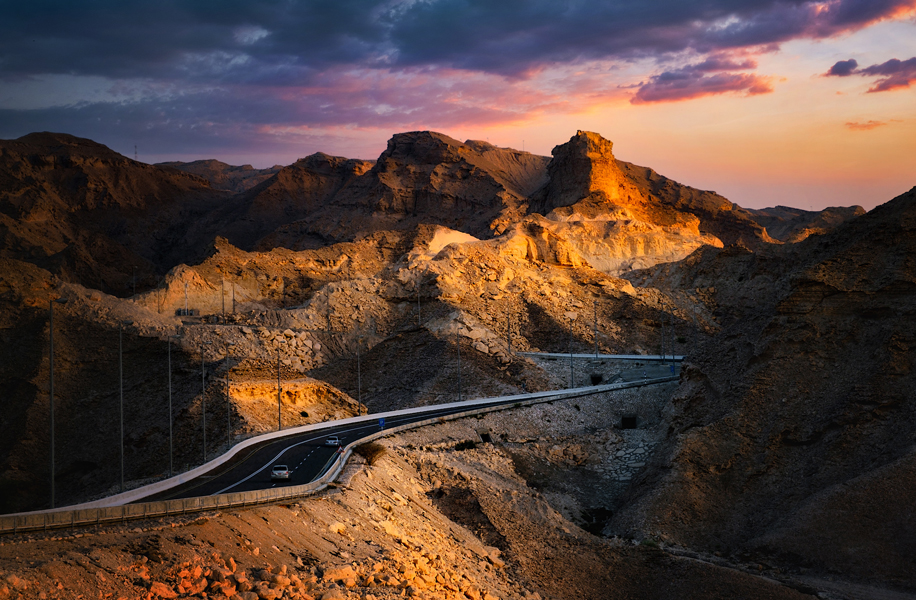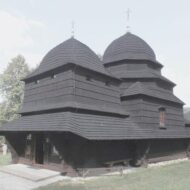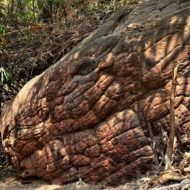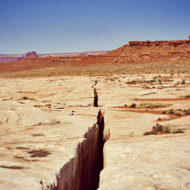Jebel Hafeet is a mountain in the region of Tawam, on the border of the United Arab Emirates and Oman. The summit is located within the emirate of Abu Dhabi. Jebel Hafit is often referred to as the highest mountain in the United Arab Emirates. It is certainly the most famous mountain in the country; in fact, an elevation near the Omani Jabal Bil Ays is higher at 1910 meters. The highest named peak in the Emirates is the Jabal Yibir.
A well-known tourist center of the region, located at the top of which there is an excellent view of the entire area.The Jebel Hafit is a popular tourist destination. At the foot of the mountain is the Green Mubazzarrah. There are thermal springs here that flow together to form a lake. The Jebel Hafit itself is criss-crossed by a cave system, it is also the natural habitat of bats, snakes, foxes and many more.
Access : Coordinates: 24.058611, 55.7775 / Mount Jebel Hafeet is located on the territory of the Emirate of Abu Dhabi, practically within the city of Al Ain. The drive from most cities in the United Arab Emirates takes 1-2 hours.
Highlights :
- The Ḥafeeṫ Mountain Road : he Ḥafeeṫ Mountain Road to the summit of Jabal Hafeet was built in 1980 by the Cologne “Strabag International” Has been recognized as the perfect road for the greatest driving in the world by Edmunds.com . At the top of the mountain, the road ends with a parking lot with a hotel and a palace belonging to the country’s leadership.There are observation platforms along the entire length of the 3-lane route.
- Cycling :Ḥafeeṫ Mountain Road is a challenge for cyclists, who often train on it. In January, the annual uphill cycling competition The Jaball Hafeet Mercure Challenge is held in which local and foreign cyclists take part.From 2015 to 2018, it hosted the finish of one of the stages of the Tour of Abu Dhabi, and from 2019 – the Tour of the United Arab Emirates, the cycling race of the UCI World Tour, organized by RCS Sport.
- The mountain is part of a national or desert park : “Jebel Hafeet National Park” Due to their exceptional archaeological and historical value, the desert park and the tombs found at Jebel Hafeet were inscribed on the Unesco World Heritage List in 1993 under the name Al Ain Cultural Sites: Hafit , Hili, Bidaa Bint Saud and areas of the oases
- Hafit period beehive tombs : During archaeological excavations at the foot of the mountain, numerous tombs have been discovered dating back to the period from 3200 to 2700 BC.
- Caves : Jebel Hafeet is dotted with caves. They are of natural origin. Many of them are still waiting for their researchers. Well-preserved stalagmites and stalactites can be found in the caves. The local fauna is represented by such animals as bats, foxes, snakes, and rodents. From the side of the mountain, the entrance to the caves is not difficult. In Al Ain, the caves are walled up.
- Park “Green Mabazzara” This natural oasis is located at the foot of the mountain. It serves as a popular holiday destination for locals.The main attraction of the park is the hot radon springs, There are also several natural lakes on the territory of the oasis.
- Peak : At the very top of the mountain there is an observation deck, which offers a beautiful view of the Al Ain stretching down and the desert lost on the horizon.
Activities : sightseeing / photo opportunities / trekking / cycling / You can ride a camel or horse in the park, and they even offer to go to the mountains on a magnificent Arabian horse / sightseeing trip.
Go next : At the foot of Jabal Hafeet lies the “Green Mubazarrah” which is a major tourist attraction. / The Al Jahili Fortress , a fine example of Arab military architecture. / The eastern fort ,also called the fort of Sheikh Sultan bin Zayid Al Nahyan.















